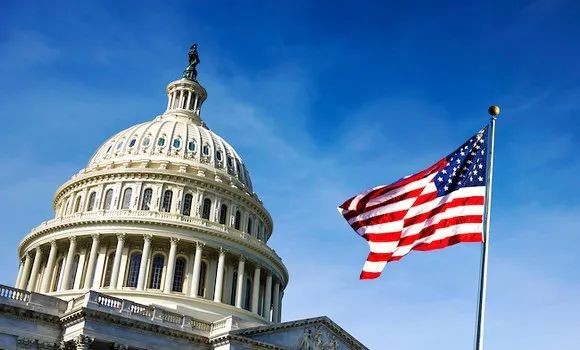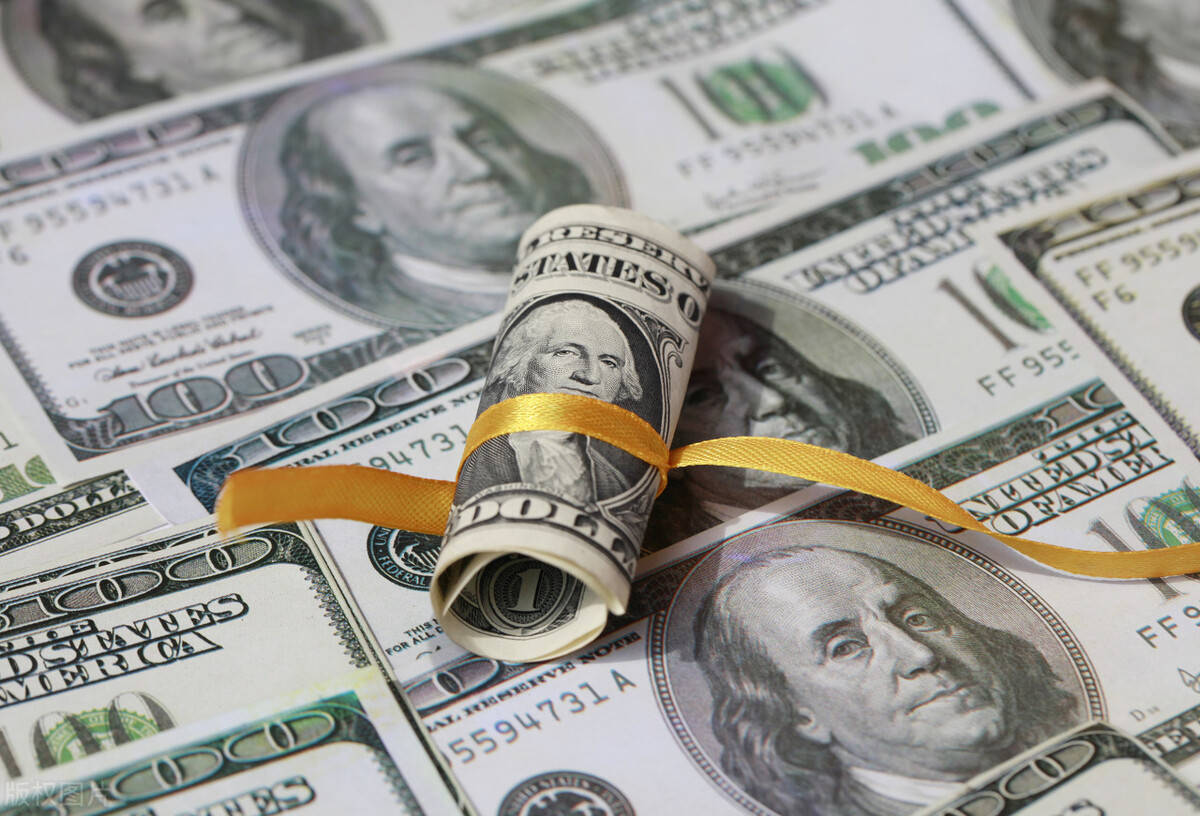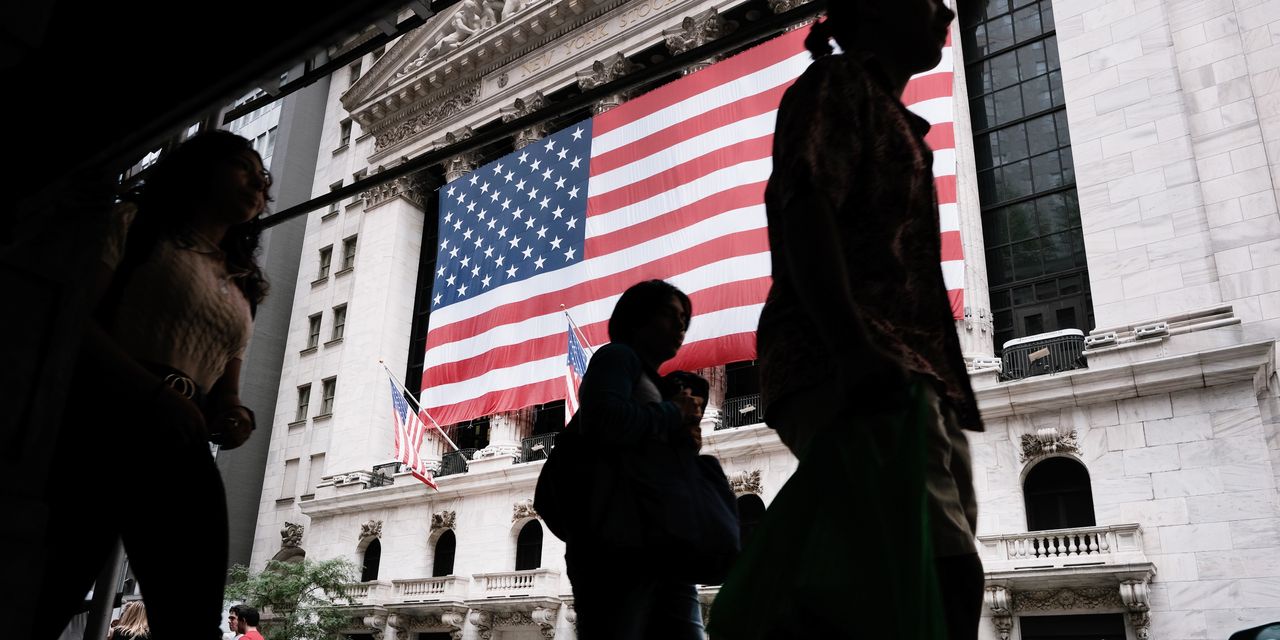On Monday, August 21, the 10-year inflation-protected U.S. Treasury bond (TIPS) yield, which reflects the market's inflation-adjusted estimate of the actual cost of funds, climbed about 6 basis points in the day, exceeding the 2% mark for the first time since 2009.

The 10-year TIPS yield has risen ferociously recently, with its lowest yield at about 1% this year, up about 1 percentage point from that lowest point so far. As recently as mid-July, TIPS yields were at about 1.5 per cent.
On the same day, the yield on the U.S. 30-year inflation-protected Treasury note (TIPS) rose 6.6 basis points to 2.14 percent, a new high since 2011. The 30-year TIPS yield breached the 2% mark a few days ago.
After the Fed cut interest rates aggressively in 2020, TIPS yields plunged to negative levels around-1% at one point before returning to positive levels in the first half of 2022.
TIPS are essentially bonds whose yield is inversely proportional to the price. When yields rise sharply, the price of TIPS falls, and that fall could offset the extra payments associated with soaring inflation. 2022 TIPS recorded its biggest annual loss since its creation in the 1990 s.

So far this year, TIPS has wiped out almost all of its gains for the year, with the Bloomberg U.S. Bond Inflation-Linked Bond Index cutting from a 4.3 percent year-to-year gain in early April to just about 0.2 percent today.
Inflation-protected bonds (TIPS) are consumer price index-linked bonds issued by the U.S. Treasury. The bond is a fixed-income product that pays interest every six months. Its coupon rate is fixed at the time of issuance, but the principal will be adjusted according to the consumer price index (CPI) issued by the U.S. Department of Labor, so as to protect against the upward risk of inflation.
The TIPS yield is the real rate of return, which represents the risk-free rate of return that investors seek based on their expectations of riskier assets. Many in the industry see the U.S. real rate of return as a measure of real borrowing costs and as one of the barometers of the economic outlook.
At present, due to the unexpected resilience of the U.S. economy and market concerns that the expansion of the U.S. fiscal deficit will increase the supply of U.S. debt, investors are demanding higher risk-free returns, and the yield on long-term U.S. debt inflation-protected bonds has risen to the highest level in more than a decade.

This week, the U.S. Treasury will auction 20-year Treasury bonds and 30-year inflation-protected Treasury bonds. The demand for these two bonds has been known to be unpredictable in the past. If investors are deterred from bidding, they need higher yields to attract them to buy, which could push U.S. bond yields further higher.
Some market participants have pointed out that the rise in the US debt curve over the past few weeks is actually entirely in terms of real yields. This is related to higher Fed policy rates or improved economic growth expectations, with little change in breakeven inflation expectations.
Continued better-than-expected U.S. economic data has the market considering a new reality that interest rates are likely to remain high for a longer period of time, a new reality that the U.S. has not experienced for a long time and is an important factor driving real yields.
In the past 18 months, in order to curb inflation, the Fed has raised interest rates by more than 500 basis points, which also makes some investors think that the “real yield” of 2% is an attractive buying point.
However, there are also views that whether the US inflation has reached the top and there is uncertainty, coupled with the increasing demand for US government borrowing, all kinds of long-term yields may be further upward.
It is important to note that a significant increase in real yields could put significant pressure on asset valuations, and future returns on these assets must be discounted at higher interest rates.

(Source: Wall Street)








